Alpacas and llamas are adorable, but can you tell one from the other? Though they belong to the same camelid family and often inhabit similar environments, each species boasts unique attributes and roles. So, let’s delve into the eight key differences between alpacas and llamas, offering insights into their personalities, lifestyles, and physical traits.
8. Size: Llamas are Bigger
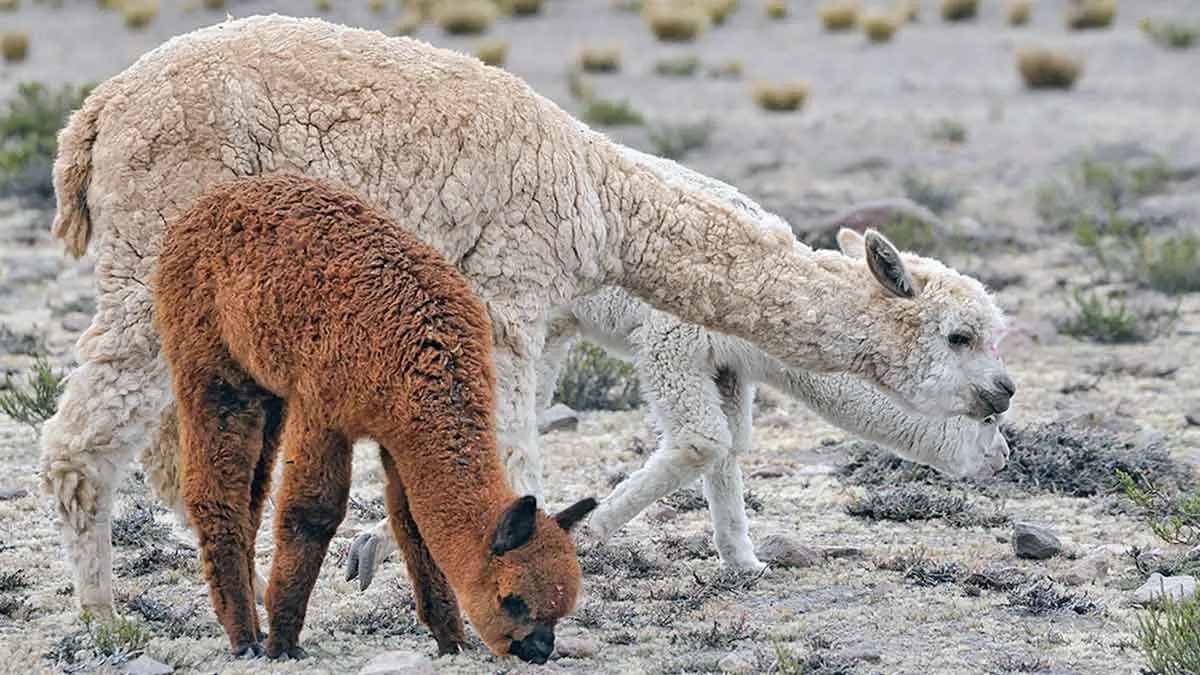
Size is perhaps the first and most noticeable difference when you're trying to tell a llama from an alpaca. Llamas are the big brothers here, weighing around 250-450 pounds and standing about 4 feet tall at the shoulder. On the other hand, we have the more petite alpacas, the smaller sibling, weighing between 120-175 pounds and measuring about 3 feet at the shoulder. Interestingly, their size difference ties directly to their roles in human interaction - llamas take on labor and transport duties thanks to their larger size, while the smaller alpacas excel in fiber production.
7. Fiber: Alpacas are Silkier

While both species are renowned for their luxurious fiber, it's the texture and quality that set them apart. Alpaca fiber is fine, hypoallergenic, and soft to the touch, making it a highly sought-after fiber in the textile industry, particularly in the production of high-end clothing. Meanwhile, llamas have coarser and thicker fibers, ideal for crafting durable and sturdy items such as rugs and ropes. Each species' fiber has its own unique application to cater to human needs.
6. Facial Structure: Llamas are Longer
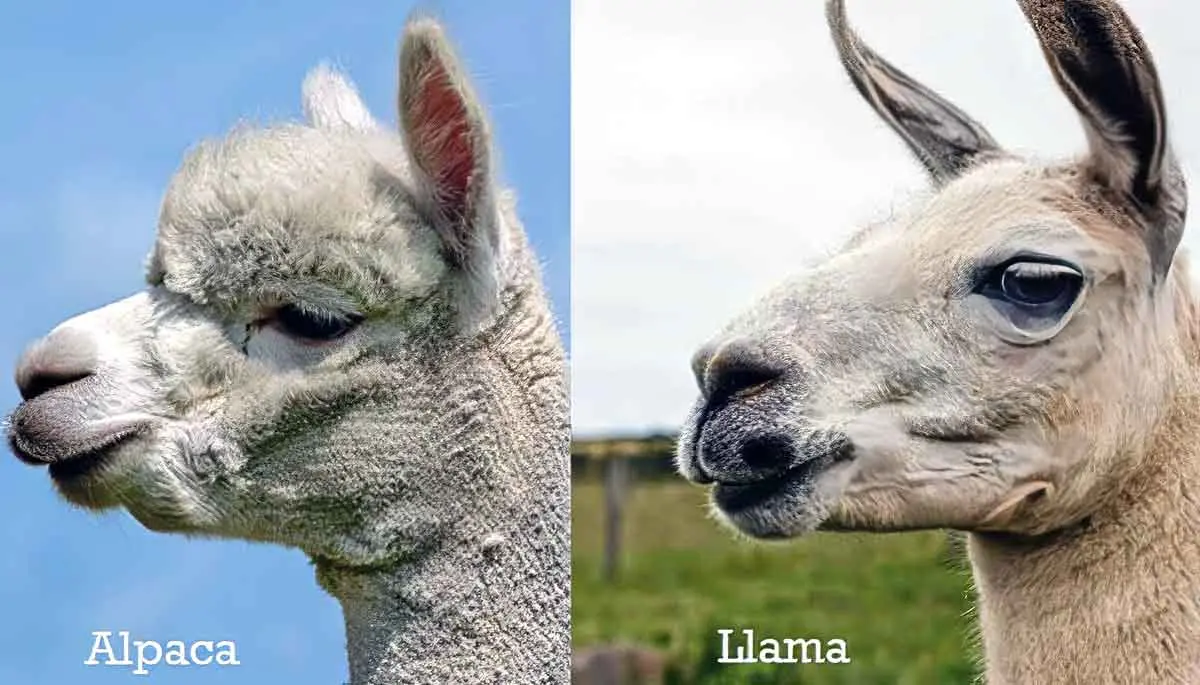
A quick look at the face and ears can often help differentiate between these two species. Llamas boast an elongated face with a curved, banana-shaped set of ears that sit tall and alert on their heads, quite a distinguished look, don't you think? Alpacas, on the other hand, sport a shorter, more 'squished' face with spear-shaped ears.
These facial features are not all about looks - they significantly impact their sensory abilities. Alpacas' compact faces and spear-shaped ears may enhance smell and high-frequency sound detection, fostering cautious behavior. Meanwhile, llamas' elongated faces and large ears potentially broaden sound detection, promoting curiosity and sociability. Look at an alpaca or a llama next time and remember - their faces are their story!
5. Role in Therapy: Llamas are Therapy Animals
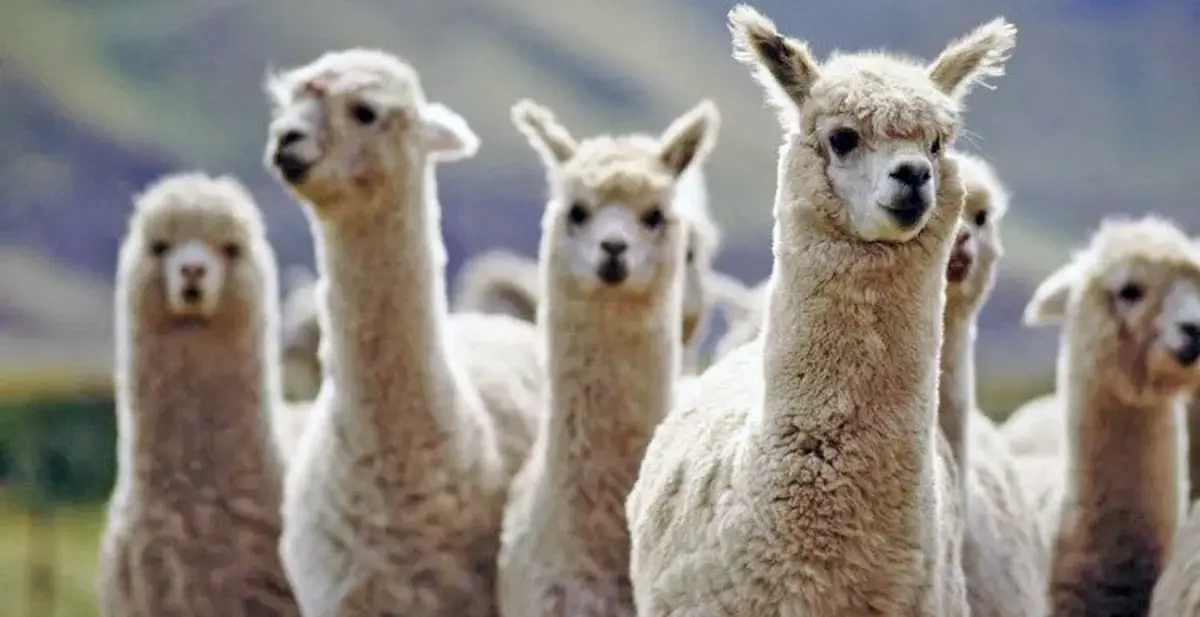
Llamas, besides being fascinating creatures, offer therapeutic benefits. They have been found to be excellent therapy animals, providing emotional support and comfort to those in need. Due to their calm and gentle nature, llamas are increasingly being used in therapeutic settings, such as hospitals, schools, and nursing homes. Something about their soft fur, those big, understanding eyes, and that gentle hum just melts the stress away!
4. Temperament: Llamas Lead, Alpacas Follow

While both alpacas and llamas are social creatures, they exhibit unique temperaments. Alpacas are generally shy and timid, preferring the safety and company of their herd. They are quite alert to changes in their environment, and the protection of their group provides a sense of security for them.
Llamas, on the other hand, are more of the fearless leaders, thanks to their larger size and bold characters. They're independent, curious, and make excellent guards for herds of alpacas or sheep. Their curious nature makes them more adventurous and likely to investigate new things. This diversity in temperament contributes significantly to the group dynamics within a herd.
3. Love Languages: Alpacas Dance, Llamas Serenade

When it comes to expressing affection, alpacas, and llamas, have different love languages. Alpacas show their affection through a unique dance, involving neck wrestling and energetic chasing. On the other hand, llamas are known to perform an “orgle” - a throaty serenade believed to have a stimulating effect on ovulation!
Here’s a fun fact: In the world of mammals, it's usually the males that initiate courtship. However, alpacas flip the script. Female alpacas are the ones to initiate the dance, making this species one of the few exceptions in the animal kingdom!
2. Defense Mechanism: Llamas Spit More
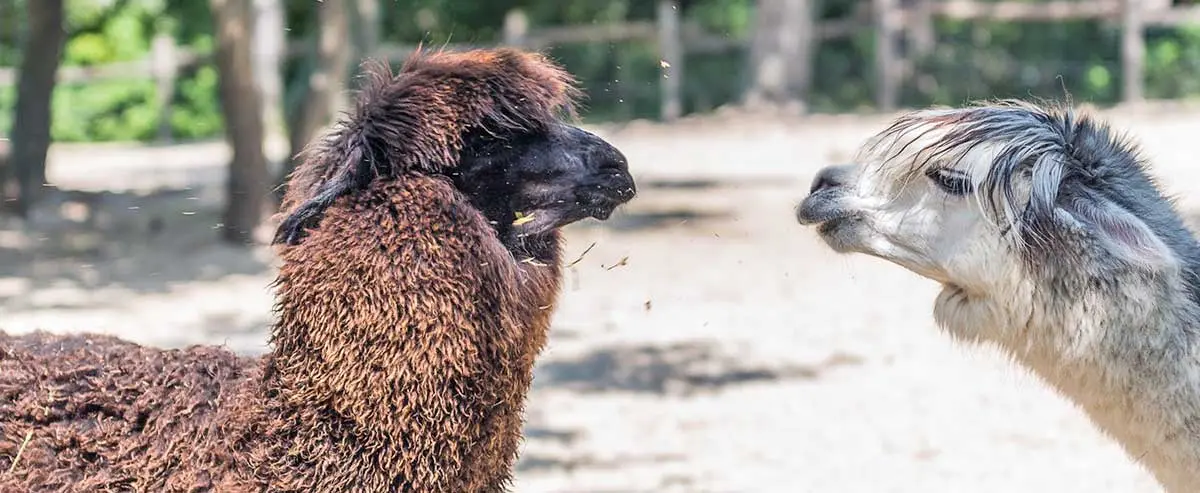
Sure, both alpacas and llamas spit, but did you know it's more of a llama thing? Llamas tend to engage in this less-than-pleasant behavior more frequently, using it as a defense mechanism against threats. Conversely, alpacas mostly reserve their spit for settling disputes within their herd, over food or mates. This can serve as a social boundary setter within the alpaca community.
While not their most charming characteristic, spitting plays a key role in their communication and survival tactics. Just remember to respect their space, and you'll likely avoid a wet encounter!
1. Herd Hierarchy: Llamas Take Charge
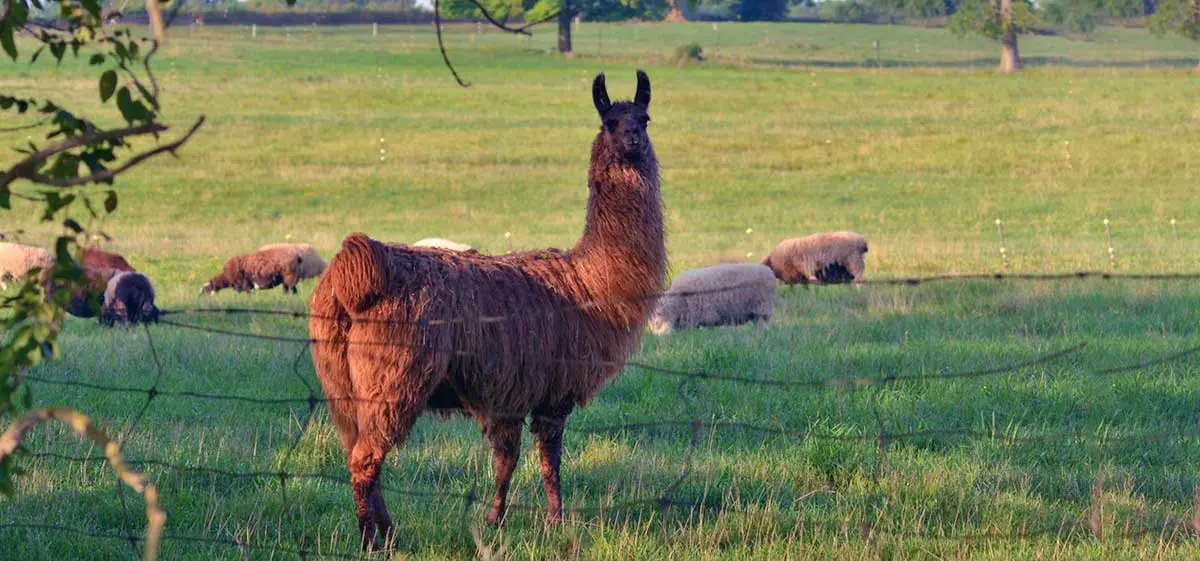
In mixed herds of llamas and alpacas, the protective instinct of llamas often elevates them to leadership roles. Alpacas, being more submissive, are usually content following the leader, contributing to a harmonious social structure within the group. This natural hierarchy illustrates the interconnected relationship between the two species, showing how they work together for survival and coexistence in a shared habitat. It's somewhat like a big, friendly office environment, right?
Here you go! With these eight differences between alpacas and llamas at your fingertips, you'll be able to tell these two charming camelids apart with ease!

